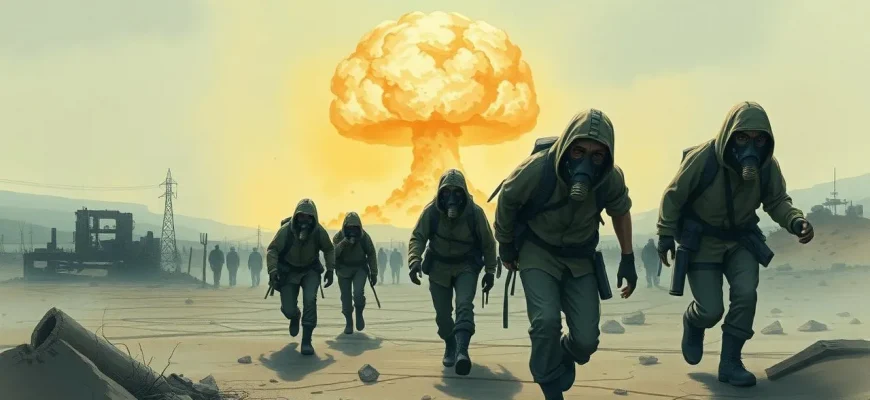The fear of nuclear annihilation has long been a staple in horror cinema, tapping into deep-seated anxieties about the end of the world. This curated list of 10 horror films delves into the terrifying scenarios following nuclear explosions, offering viewers a mix of suspense, dread, and the macabre. From post-apocalyptic landscapes to the psychological terror of radiation exposure, these films provide a unique lens through which to view the catastrophic potential of nuclear warfare, making them not only thrilling but also thought-provoking.

The War Game (1965)
Description: This pseudo-documentary style film simulates a nuclear attack on Britain, exploring the social and moral breakdown that would follow.
Fact: It was initially banned by the BBC for being too realistic and potentially causing panic.
 Watch Now
Watch Now
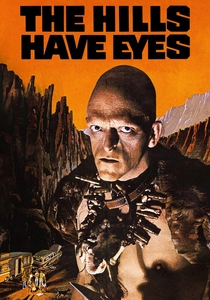
The Hills Have Eyes (1977)
Description: While primarily a horror film about a family terrorized by mutants, its backstory involves nuclear testing, adding a layer of nuclear horror.
Fact: The film was remade in 2006, but the original remains a cult classic for its raw intensity.
 Watch Now
Watch Now

Testament (1983)
Description: Testament focuses on a family's struggle to survive in the wake of a nuclear attack, offering a deeply personal look at the aftermath.
Fact: The film was nominated for two Academy Awards, including Best Original Screenplay.
 Watch Now
Watch Now
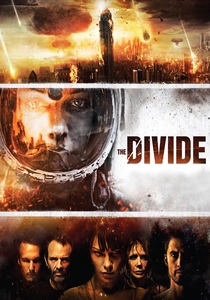
The Divide (2011)
Description: After a nuclear explosion, a group of survivors takes refuge in a basement, only to face their own demons and each other.
Fact: The film was shot entirely in a single location, enhancing the claustrophobic atmosphere.
 Watch Now
Watch Now
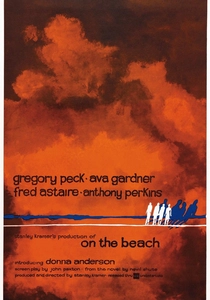
On the Beach (1959)
Description: Set in a post-apocalyptic world where nuclear fallout has killed most of humanity, this film follows the last survivors in Australia.
Fact: It was one of the first films to address the topic of nuclear war and its global implications.
 30 Days Free
30 Days Free

The Bed Sitting Room (1969)
Description: This surreal British comedy-drama set in a post-nuclear London where survivors mutate into various objects, blending dark humor with horror.
Fact: It was based on a play by Spike Milligan and John Antrobus, known for their absurdist humor.
 30 Days Free
30 Days Free
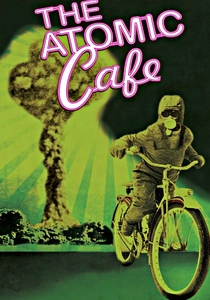
The Atomic Cafe (1982)
Description: A documentary that uses archival footage to satirize the American government's handling of nuclear war propaganda during the Cold War.
Fact: The film uses no narration, relying entirely on the juxtaposition of historical footage for its effect.
 30 Days Free
30 Days Free
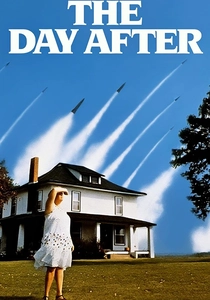
The Day After (1983)
Description: This American TV movie shows the effects of a nuclear war on the residents of Kansas City and Lawrence, Kansas, highlighting the human cost of nuclear conflict.
Fact: It was watched by over 100 million Americans, sparking a national debate on nuclear war.
 30 Days Free
30 Days Free
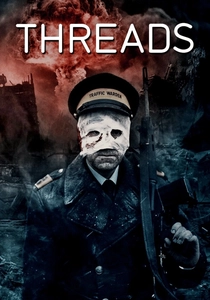
Threads (1984)
Description: This British television drama depicts the aftermath of a nuclear attack on Sheffield, focusing on the harrowing effects on civilians. Its bleak realism and graphic portrayal of nuclear war's consequences make it a standout in this genre.
Fact: The film was so disturbing that it was banned from being shown on British television for many years due to its graphic content.
 30 Days Free
30 Days Free

Fail-Safe (1964)
Description: While not strictly a horror film, it deals with the horror of nuclear war through a tense narrative about a computer error leading to a nuclear strike.
Fact: The film was remade as a live television broadcast in
 30 Days Free
30 Days Free

